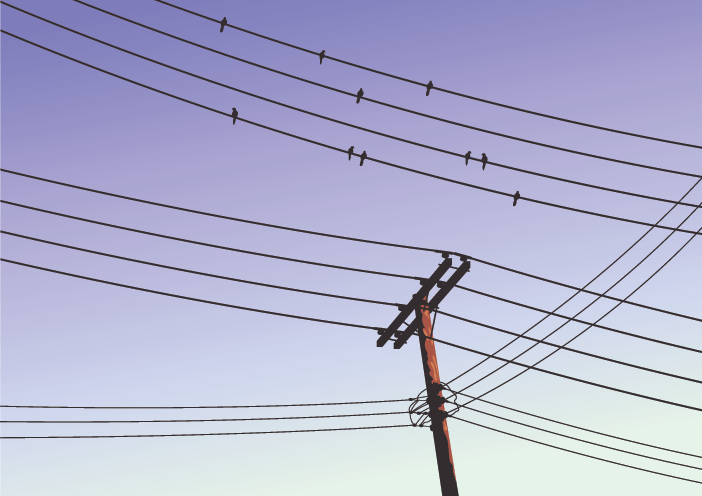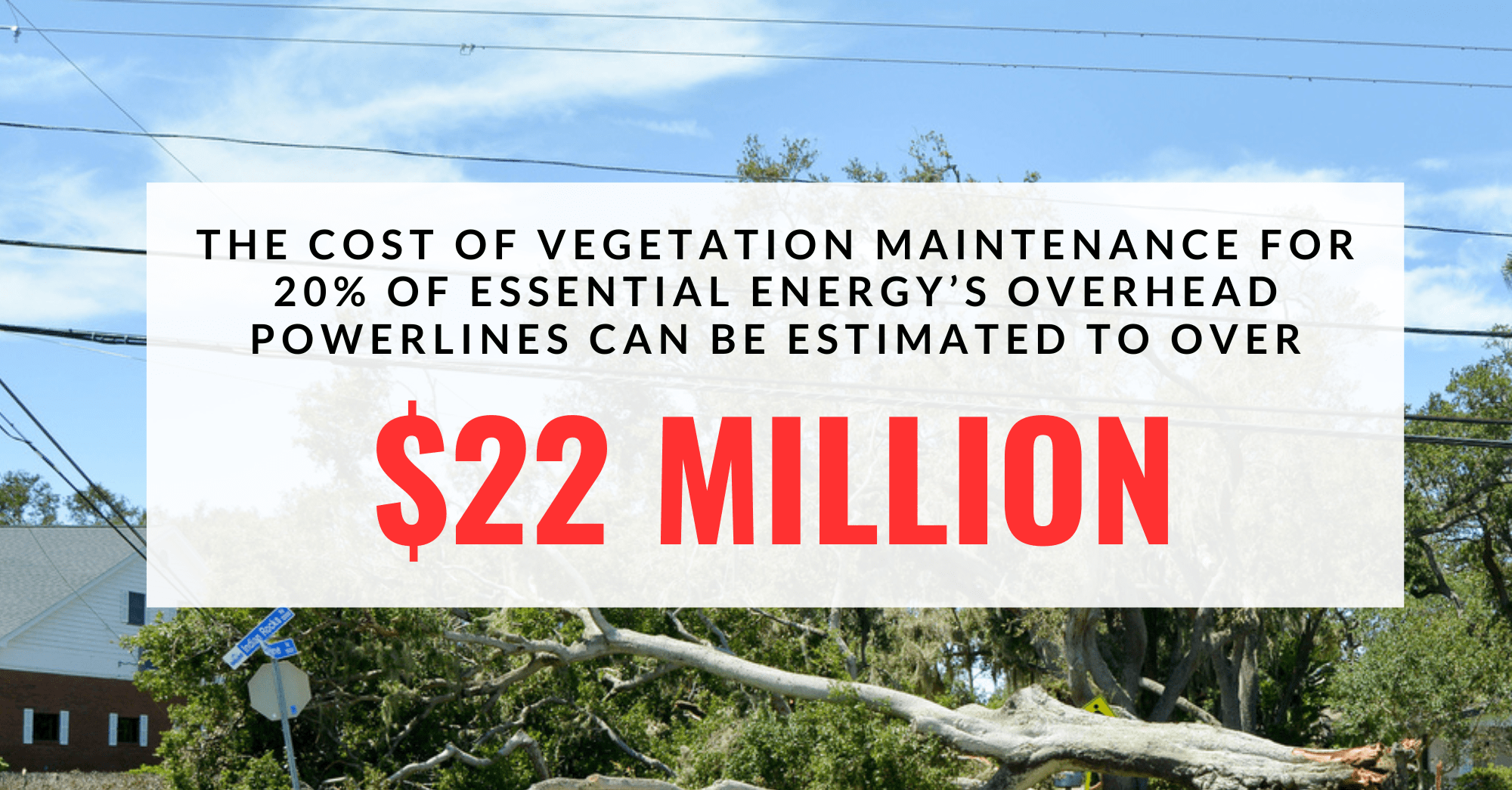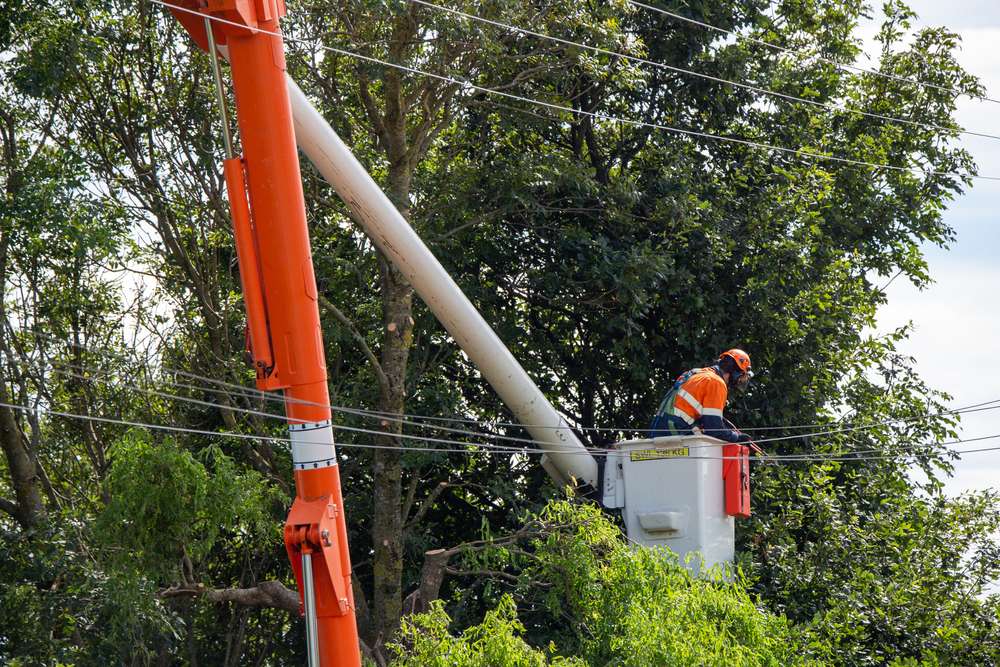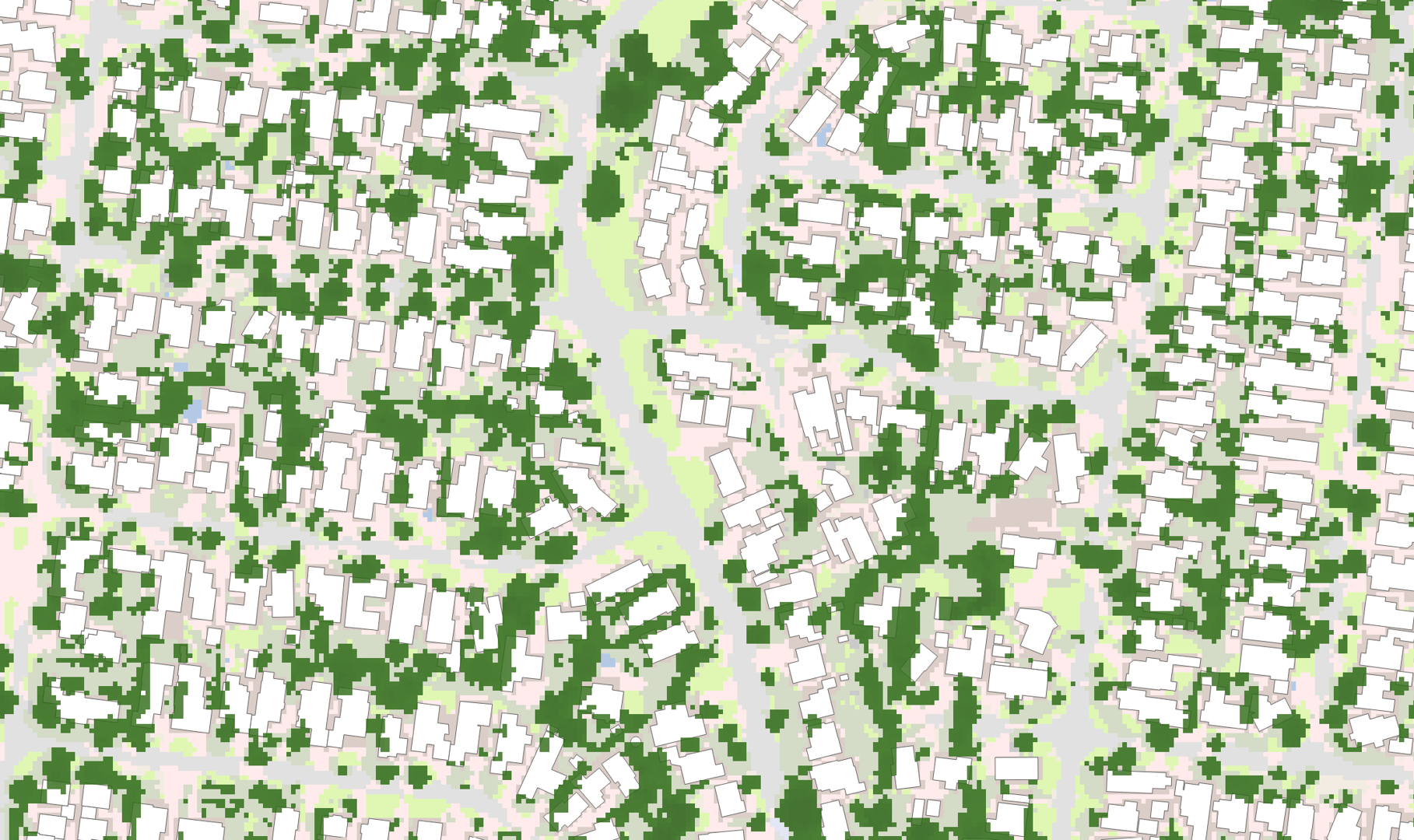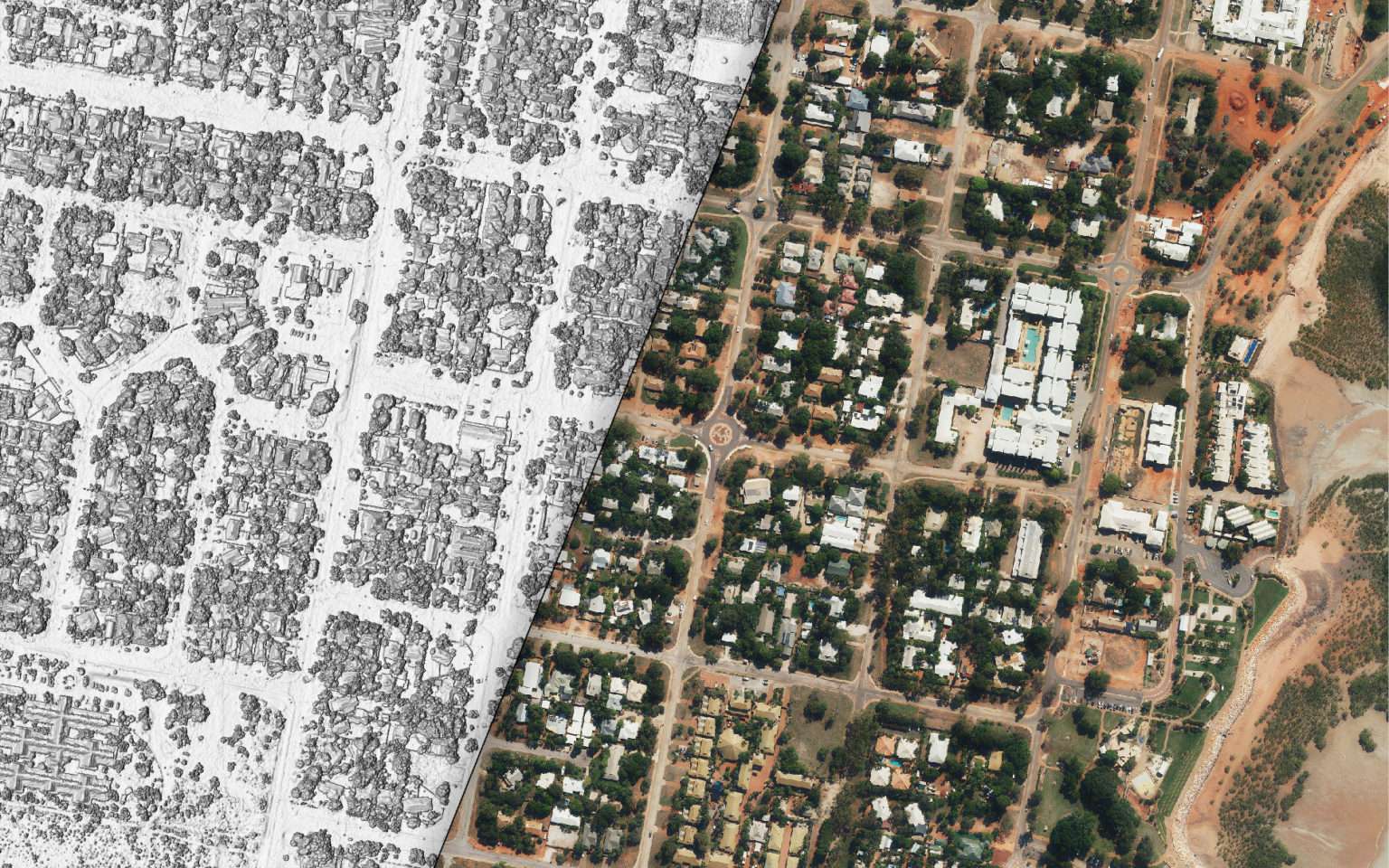One of the most important features of modern life is the reliable distribution of power to customers. Overhead powerlines are an essential element of the distribution system, although they are vulnerable to damage from storms, bushfires, and nearby trees.
While trees help to make an area more appealing, healthy, and sustainable, they also give major environmental advantages by improving air quality, lowering stormwater runoff, and reducing street-radiated heat. Trees growing near the required safety clearance lengths of powerlines, on the other hand, pose a wildfire threat and can be dangerous.
Understanding the need to reduce the risk
Addressing the risk caused by tree growth near overhead powerlines is one of the most expensive recurrent maintenance charges encountered by Distribution Network Service Providers (DNSPs) in Australia.
The Australian Energy Regulator’s 2021 AER Report highlights the magnitude of this issue, revealing that the average operating expense for vegetation management along overhead powerline kilometers ranged from $300 to $1800 between 2016 and 2020.
For example, Essential Energy, a rural DNSP in New South Wales, has roughly 180,000 km of overhead powerlines in their network. Over the same period, Essential Energy’s average OPEX cost for vegetation maintenance was around $600 per line kilometre, translating to a potential recurrent vegetation control OPEX of $108 million if 100% of their overhead powerlines require vegetation management.’
Even if only 20% of Essential Energy’s overhead powerlines require vegetation maintenance, the cost would still amount to over $22 million, a significant financial burden that DNSPs cannot overlook. Therefore, it is critical to implement strategies that ensure effective vegetation management to minimize the risk of power outages and ensure the safety of the public and utility workers.
